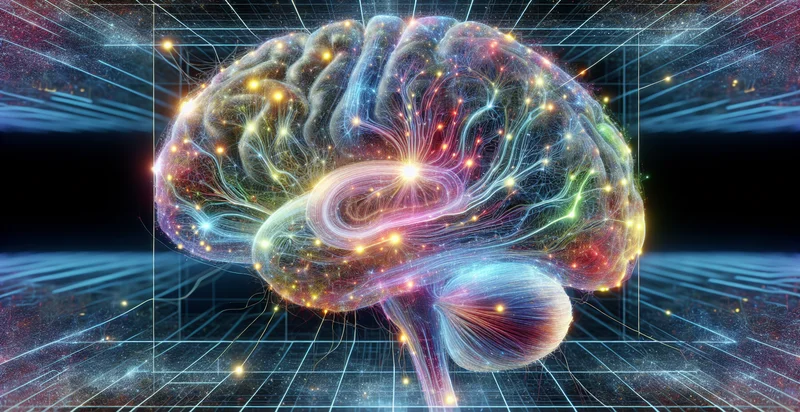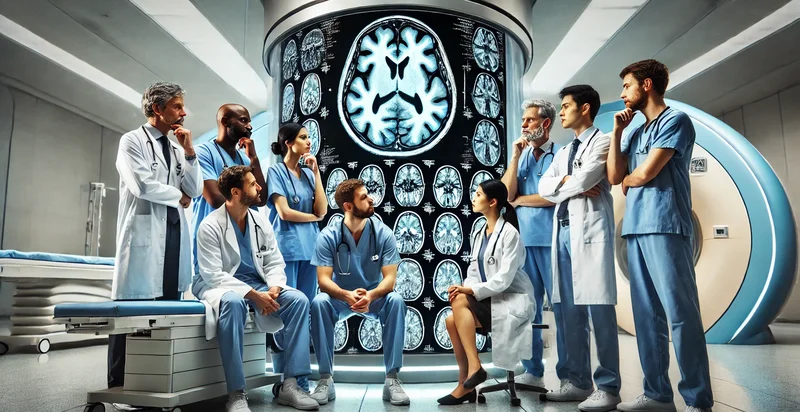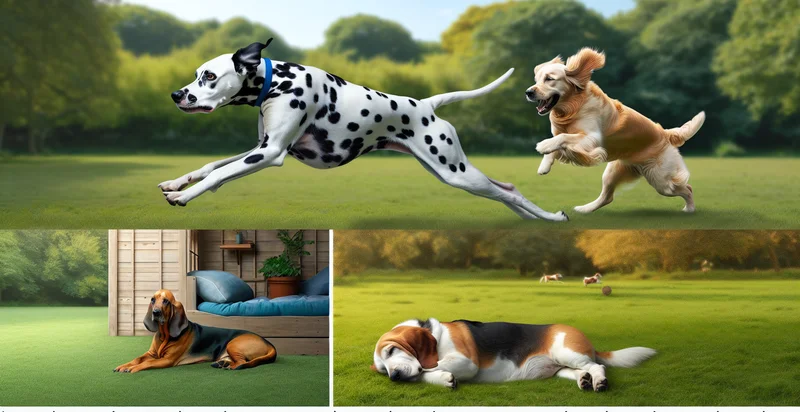Identify cranium activity type
using AI
Below is a free classifier to identify cranium activity type. Just upload your image, and our AI will predict the type of cranium activity occurring - in just seconds.

Contact us for API access
Or, use Nyckel to build highly-accurate custom classifiers in just minutes. No PhD required.
Get started
import nyckel
credentials = nyckel.Credentials("YOUR_CLIENT_ID", "YOUR_CLIENT_SECRET")
nyckel.invoke("cranium-activity-type", "your_image_url", credentials)
fetch('https://www.nyckel.com/v1/functions/cranium-activity-type/invoke', {
method: 'POST',
headers: {
'Authorization': 'Bearer ' + 'YOUR_BEARER_TOKEN',
'Content-Type': 'application/json',
},
body: JSON.stringify(
{"data": "your_image_url"}
)
})
.then(response => response.json())
.then(data => console.log(data));
curl -X POST \
-H "Content-Type: application/json" \
-H "Authorization: Bearer YOUR_BEARER_TOKEN" \
-d '{"data": "your_image_url"}' \
https://www.nyckel.com/v1/functions/cranium-activity-type/invoke
How this classifier works
To start, upload your image. Our AI tool will then predict the type of cranium activity occurring.
This pretrained image model uses a Nyckel-created dataset and has 16 labels, including Act, Build, Carve, Compose, Craft, Dance, Design, Draw, Engrave and Hum.
We'll also show a confidence score (the higher the number, the more confident the AI model is around the type of cranium activity occurring).
Whether you're just curious or building cranium activity type detection into your application, we hope our classifier proves helpful.
Related Classifiers
Need to identify cranium activity type at scale?
Get API or Zapier access to this classifier for free. It's perfect for:
- Medical Diagnosis Support: The 'cranium activity type' identifier can be utilized in neurology to assist in the diagnosis of various brain disorders. By analyzing cranial activity patterns, healthcare professionals can identify anomalies and tailor treatment plans for patients suffering from conditions such as epilepsy or traumatic brain injury.
- Cognitive Function Monitoring: Educational institutions can employ the identifier to monitor student engagement and cognitive function during lessons. By assessing brain activity types, educators can adapt teaching methodologies in real-time to enhance learning outcomes for students.
- Enhanced Gaming Experience: Video game developers can integrate this classification function to create more immersive gaming experiences. By analyzing players’ brain responses during gameplay, developers can adjust game dynamics to match cognitive engagement, leading to more personalized and stimulating gameplay.
- Stress and Wellness Tracking: Companies can use the identifier in wellness programs to monitor employees' cognitive states and stress levels. By identifying cranium activity types associated with stress, organizations can implement targeted interventions, such as mindfulness sessions, to improve overall workplace well-being.
- Robotics and AI Training: Researchers in robotics can employ the cranium activity type identifier to enhance human-robot interaction. By classifying brain activity during interactions, robots can learn how to better interpret human emotions and intentions, leading to more effective collaboration between humans and machines.
- Neurofeedback Therapy: The function can be leveraged in neurofeedback therapies to provide real-time feedback to patients about their brain activity. This technique can help individuals regulate their cognitive states, contributing to improved mental health outcomes for those dealing with anxiety, ADHD, or PTSD.
- Sports Performance Optimization: Sports teams can utilize the identifier to analyze athletes' mental states during training and competition. By identifying optimal cognitive activity patterns, coaches can tailor training programs that enhance focus and reduce anxiety, ultimately improving athletic performance.


